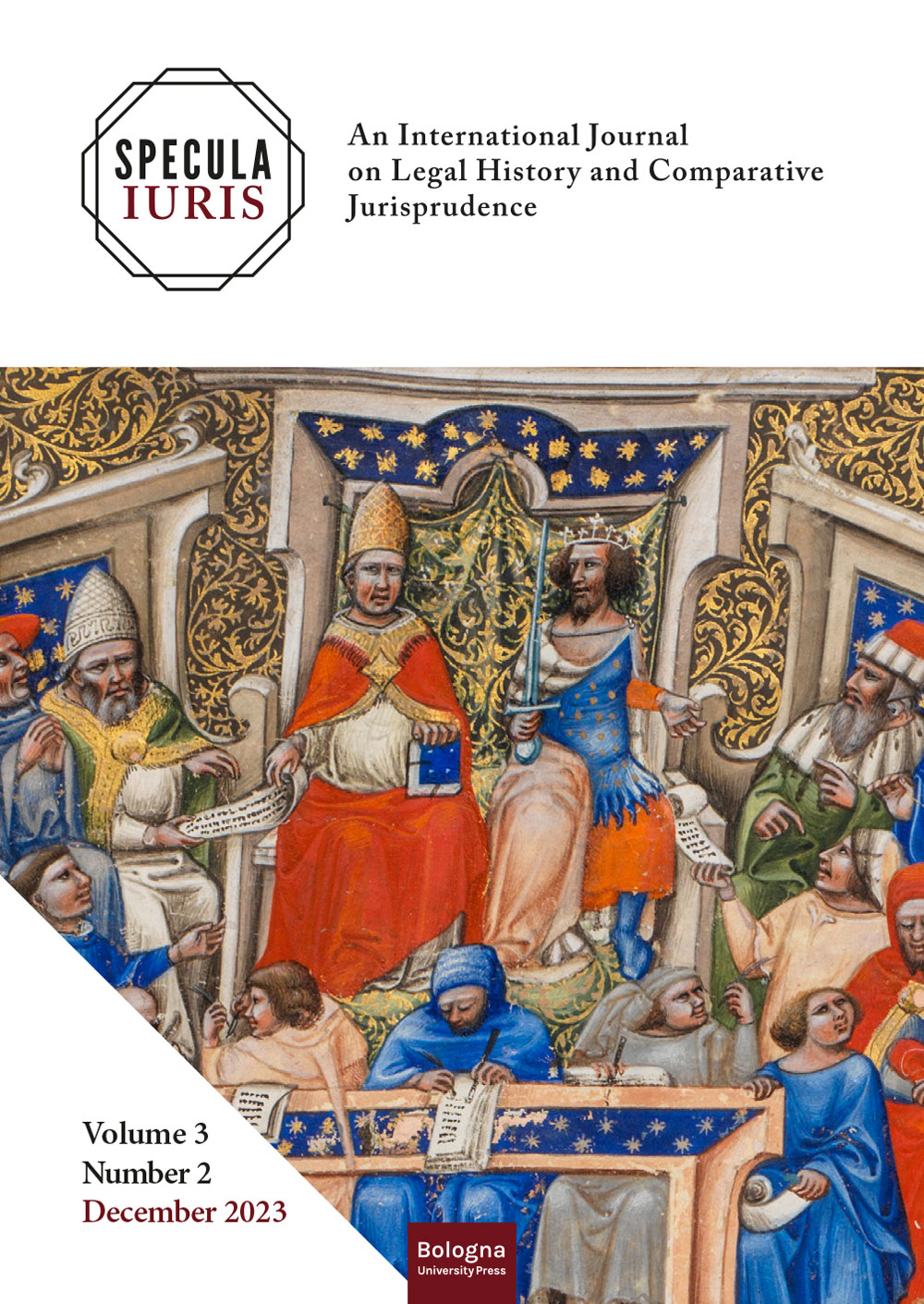Dichotomy of the Roman Financial World (J. Andreau) and Some Recent Trends of Roman Studies on Economy and Law
Published 2024-05-07
Keywords
- Economy of ancient Rome, economic theory, law and economics
How to Cite
Copyright (c) 2024 Akira Koba

This work is licensed under a Creative Commons Attribution 4.0 International License.
Abstract
In order to measure merits and limits of the new studies in Roman economy and law, inspired by some recent economic theories, it is efficacious to revisit the main thesis of Jean Andreau, that there were two worlds of finance in the early Principate era, that of the landholding imperial aristocracy with its dependents (WI) and that of the professional bankers active in the functional neighborhood of municipal cities (WII). The transaction costs approach of the new studies is apt for demonstrating relative economic rationality of internal organizations as units of WI, composed of personal dependency, though it is not enough to count such factors as possession and (real) pledge. On the other hand, the layer of the classical contract law is out of its range. Moreover, the new studies lack serious source criticism, and in consequence they are not able to analyze tensions and conflicts of WI and WII, and a fortiori the historical dynamism of their genesis.

